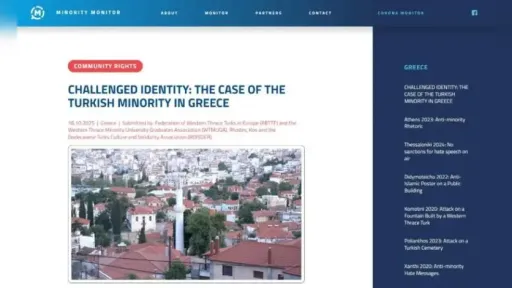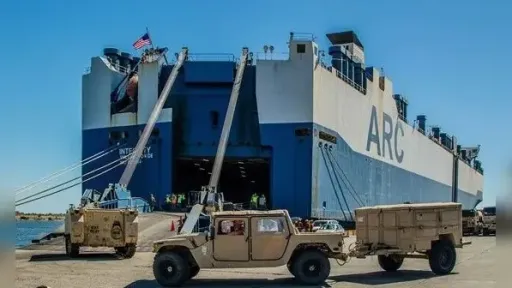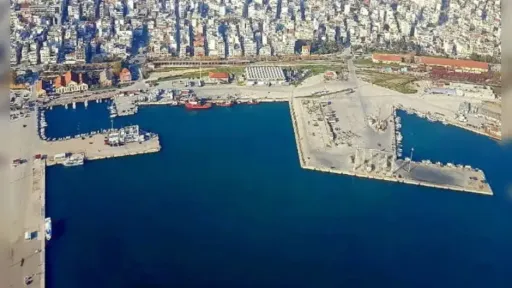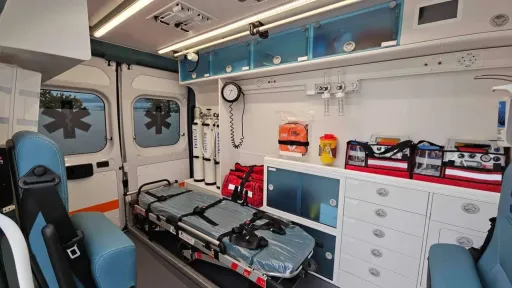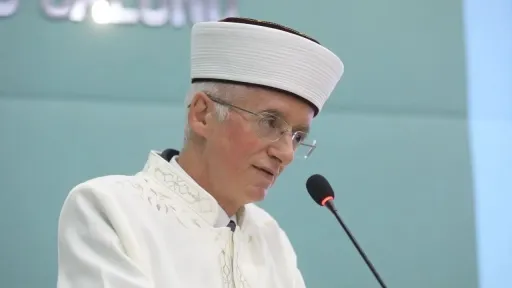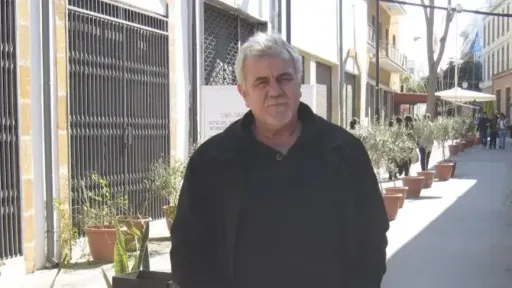Complete turnaround: Ukraine to be supplied with gas from Dedeağaç
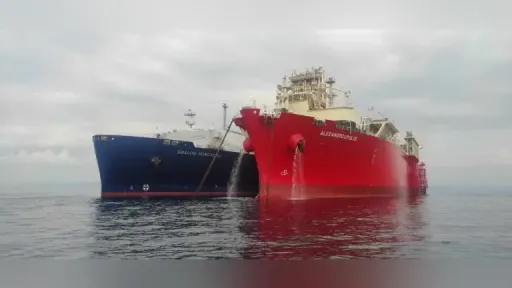
In Monday’s auction organized by the regional Transmission System Operators, DEPA (Public Gas Corporation of Greece) and two other companies secured contracts to supply Ukraine with natural gas originating from Dedeağaç.
Until the Russian–Ukrainian war, Greece imported Russian gas via pipelines crossing Ukraine and entering through the Greek–Bulgarian border. The idea of gas flowing in the opposite direction—from Greece all the way to Ukraine—once seemed unimaginable.
However, the rupture between Ukraine and Russia, along with Europe’s decision to completely disengage from Russian gas and shift toward American liquefied natural gas (LNG), has made this once-fanciful scenario a reality. Today, Ukraine depends on LNG arriving by ship at Alexandroupolis and Revithoussa, which is then regasified and transported via pipelines to Kyiv and other parts of Southeastern Europe.
On Friday, strong interest was recorded in the latest auction for the monthly “Route 1” transport product, jointly conducted by DESFA (Greece), Bulgartransgaz (Bulgaria), Transgaz (Romania), VestMoldTransgaz (Moldova), and GTSOU (Ukraine).
Specifically, for the transfer of gas from Greece to Ukraine through the Trans-Balkan route, a total of 6.32 GWh/day was booked for November by three users. According to reports, DEPA Commercial, Axpo Trading (Switzerland), and DTEK (Ukraine) jointly secured approximately 30% of the available capacity.
This was the first auction for the upgraded “Route 1” capacity product, recently approved by national regulatory authorities for a six-month period—until April 2026—aimed at covering Ukraine’s immediate energy needs ahead of winter.
The auction results significantly strengthen Ukraine’s energy security at a critical time and highlight Greece’s role as a strategic energy hub for Southeastern and Central-Eastern Europe. They also underscore the growing importance of the Vertical Corridor, which is emerging as the new energy backbone of Europe—providing a reliable and competitive south-to-north supply route for diversified gas sources.
This success follows the October meeting of regional transmission operators in Athens, attended by the Greek Minister of Environment and Energy, where a 10% average reduction in transit fees was agreed upon—a key factor in the auction’s outcome.
Greek Deputy Minister of Environment and Energy Nikolaos Tsafos, speaking at the CESEC Ministerial Meeting in Bucharest, emphasized Greece’s contribution to shaping Europe’s gas infrastructure map. He noted that Greece has already made significant investments in its national gas network, with further projects underway, allowing the country to adapt to the post-Russian gas era and serve as an LNG gateway for the wider region up to Central Europe.
Tsafos also stressed the need to persist with the plan for complete independence from Russian gas within three years, while remaining mindful of fuel price fluctuations in an increasingly volatile and unstable global market.
Under this framework, the Deputy Minister highlighted the importance of maximizing the use of existing infrastructure—implicitly referring to the Vertical Corridor—which was a major focus of the Bucharest discussions regarding its competitiveness in transporting LNG cargoes from Greece northward.
The United States has also expressed interest in deeper involvement in this initiative, supporting the transportation of American LNG through the Vertical Corridor to Ukraine and other destinations, following the EU–US energy import agreement worth $250 billion annually over three years.
The next major milestone for the region’s energy landscape will be the “Partnership for Transatlantic Energy and Climate Cooperation” (P-TECC) conference, scheduled for November 6–7, featuring government officials from 24 member countries and over 400 industry representatives from both sides of the Atlantic.
Source: news247
